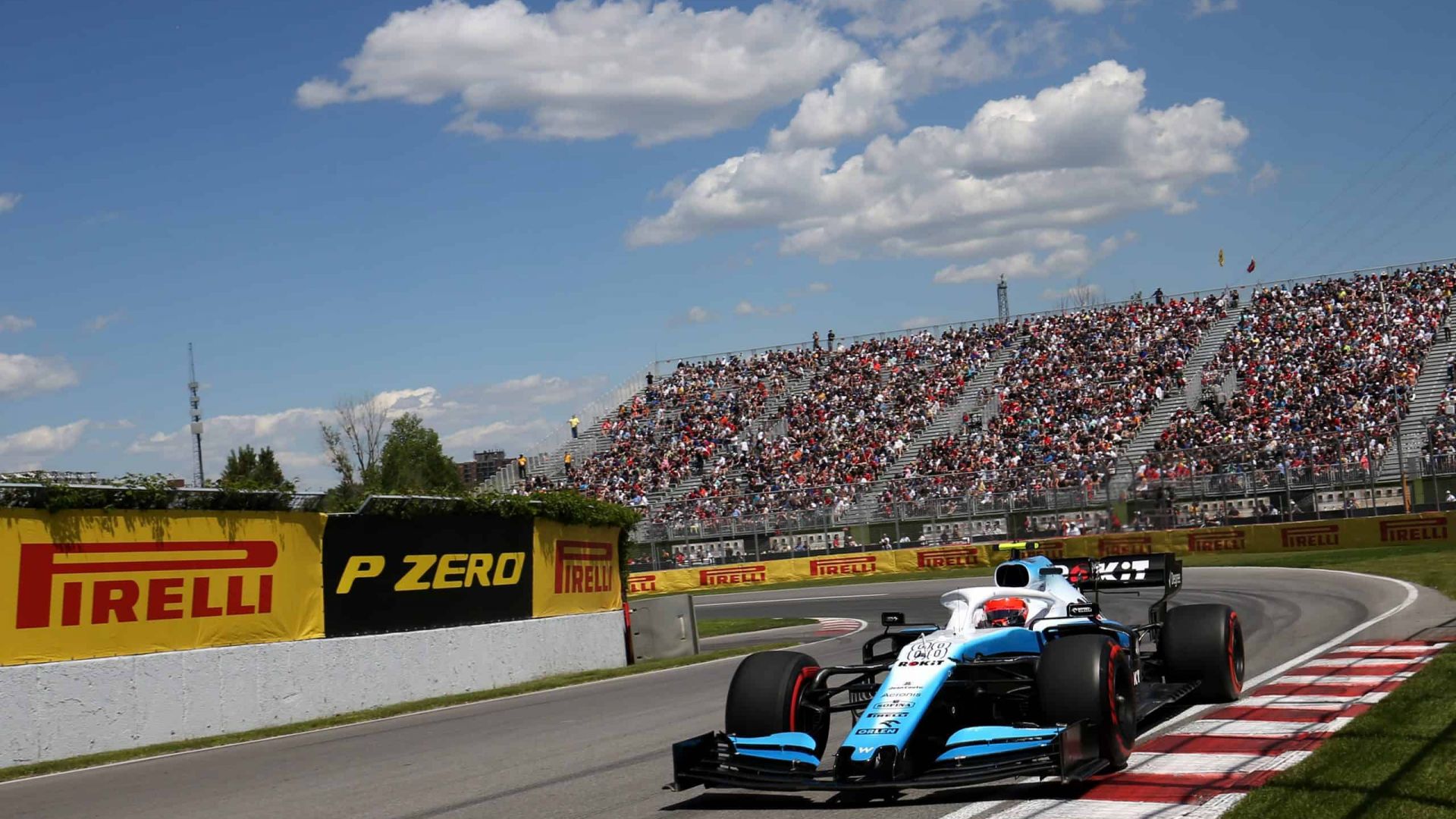Introduction:
Formula 1, the apex of motorsport, is synonymous with iconic racetracks that have become the battlegrounds of racing legends. These circuits aren’t just stretches of asphalt; they are storied landscapes where history is etched in every turn and straightaway. This article embarks on a thrilling journey, exploring the allure and history of the circuits that have shaped the legacy of Formula 1, from the legendary curves of Monza to the high-speed challenges of Spa-Francorchamps.

1. Monza, Italy: The Temple of Speed:
a. The Cathedral of Speed:
Monza, nestled in the royal park of the same name, is the beating heart of Italian motorsport. Known as the “Temple of Speed,” its long straights and historic banking have witnessed legendary battles. The Tifosi, fervent Ferrari fans, add an unparalleled atmosphere to the Italian Grand Prix.
b. The Parabolica and Ascari Chicane:
The Parabolica, a sweeping curve at the end of the lap, demands precision and bravery. The Ascari Chicane, named after racing legend Alberto Ascari, is a complex sequence that tests a driver’s technical finesse. Together, these sections make Monza a timeless spectacle.
2. Circuit de Monaco: Glamour on the Streets:
a. The Jewel in the Crown:
Monaco stands as a jewel in the F1 crown, a glamorous street circuit that winds through the principality. The tight confines, tunnel section, and iconic Casino Square create a challenging and visually stunning race. The Monaco Grand Prix is the epitome of sophistication and skill.
b. Hairpin Turn and the Tunnel:
The slow-speed Hairpin Turn, where cars navigate a tight 180-degree corner, is a defining feature. The tunnel, a unique element of the track, adds an extra layer of challenge as drivers transition from daylight to darkness and back into the light.
3. Silverstone, UK: Birthplace of Formula 1:
a. The Home of British Racing:
Silverstone, the birthplace of Formula 1, holds a special place in the sport’s history. Its fast and flowing layout, a former World War II airfield, tests the mettle of drivers. The British Grand Prix is a celebration of racing heritage, drawing fans from around the world.
b. Copse Corner and Maggotts-Becketts Complex:
Silverstone features high-speed sections like Copse Corner and the Maggotts-Becketts Complex. Copse demands courage, while the Maggotts-Becketts sequence is a thrilling set of turns that showcases the aerodynamic prowess of modern F1 cars.
4. Spa-Francorchamps, Belgium: A Roller Coaster Ride:
a. The Roller Coaster of the Ardennes:
Spa-Francorchamps is a roller coaster nestled in the Ardennes forest, offering a breathtaking blend of elevation changes and high-speed stretches. The Belgian Grand Prix at Spa is a favorite among drivers and fans alike, providing a challenging yet majestic racing experience.
b. Eau Rouge-Raidillon and Blanchimont:
Eau Rouge-Raidillon, a sequence of corners with a dramatic elevation change, is one of the most iconic sections in motorsport. Blanchimont, a high-speed chicane, demands commitment and precision. Together, these elements make Spa a true driver’s circuit.
5. Suzuka, Japan: Where Tradition Meets Technology:
a. The Figure-Eight Circuit:
Suzuka Circuit in Japan is a unique figure-eight layout, where one section passes over the other. The Japanese Grand Prix at Suzuka is a marriage of tradition and cutting-edge technology, attracting passionate fans and delivering dramatic races.
b. The Esses and 130R:
The Esses, a series of quick, sweeping turns, test a driver’s agility and precision. 130R, a high-speed corner with a legendary history, is a showcase of bravery and aerodynamic grip. Suzuka’s technical challenges make it a favorite among drivers.
6. Circuit de Spa-Francorchamps, France: A Historic French Grand Prix:
a. Return of the French Grand Prix:
Circuit de Spa-Francorchamps, not to be confused with the Belgian track of the same name, played a significant role in the early days of F1. The historic French Grand Prix returned to the circuit, rekindling memories and adding a touch of nostalgia to the calendar.
b. The Mistral Straight and Signes Corner:
The Mistral Straight, a long flat-out section, provides ample opportunities for overtaking. Signes Corner, a high-speed right-hander, demands a delicate balance between speed and control. The French Grand Prix at Circuit de Spa-Francorchamps brings classic racing vibes to modern F1.
7. Yas Marina Circuit, Abu Dhabi: Racing into the Twilight:
a. Twilight Racing and Extravagance:
Yas Marina Circuit in Abu Dhabi hosts the season-ending race, with a unique twilight setting that transitions from day to night. The circuit’s opulence, including a hotel straddling the track, adds a touch of extravagance to the Abu Dhabi Grand Prix.
b. The Marina and the Hotel Straight:
The Marina section, with its tight corners, challenges drivers before they unleash speed on the Hotel Straight. The Yas Marina Circuit combines a modern layout with a vibrant atmosphere, making it a fitting venue for the climax of the F1 season.
8. Interlagos, Brazil: Samba of Speed:
a. The Samba of Speed:
Interlagos, officially named Autódromo José Carlos Pace, is a classic South American circuit with a passionate fanbase. The Brazilian Grand Prix at Interlagos is a carnival of speed, known for unpredictable weather and dramatic races that often decide championships.
b. Senna S and Descida do Lago:
The Senna S, a sequence of turns named after the legendary Ayrton Senna, and Descida do Lago, a downhill section, contribute to the technical challenges of Interlagos. The circuit’s undulating layout adds an extra layer of excitement to the race.
Conclusion: Racing Heritage Etched in Asphalt:
These iconic circuits are more than racetracks; they are the canvases where racing legends paint their masterpieces. From the historic charm of Monza to the modern allure of Yas Marina, each circuit has a unique personality that adds to the rich tapestry of Formula 1. As the engines roar and the lights go out, these circuits become stages for adrenaline-fueled drama, where the echoes of past victories and defeats resonate through every corner. The legacy of Formula 1 is etched in the asphalt of these iconic tracks,
creating a timeless story that continues to unfold with each passing lap.